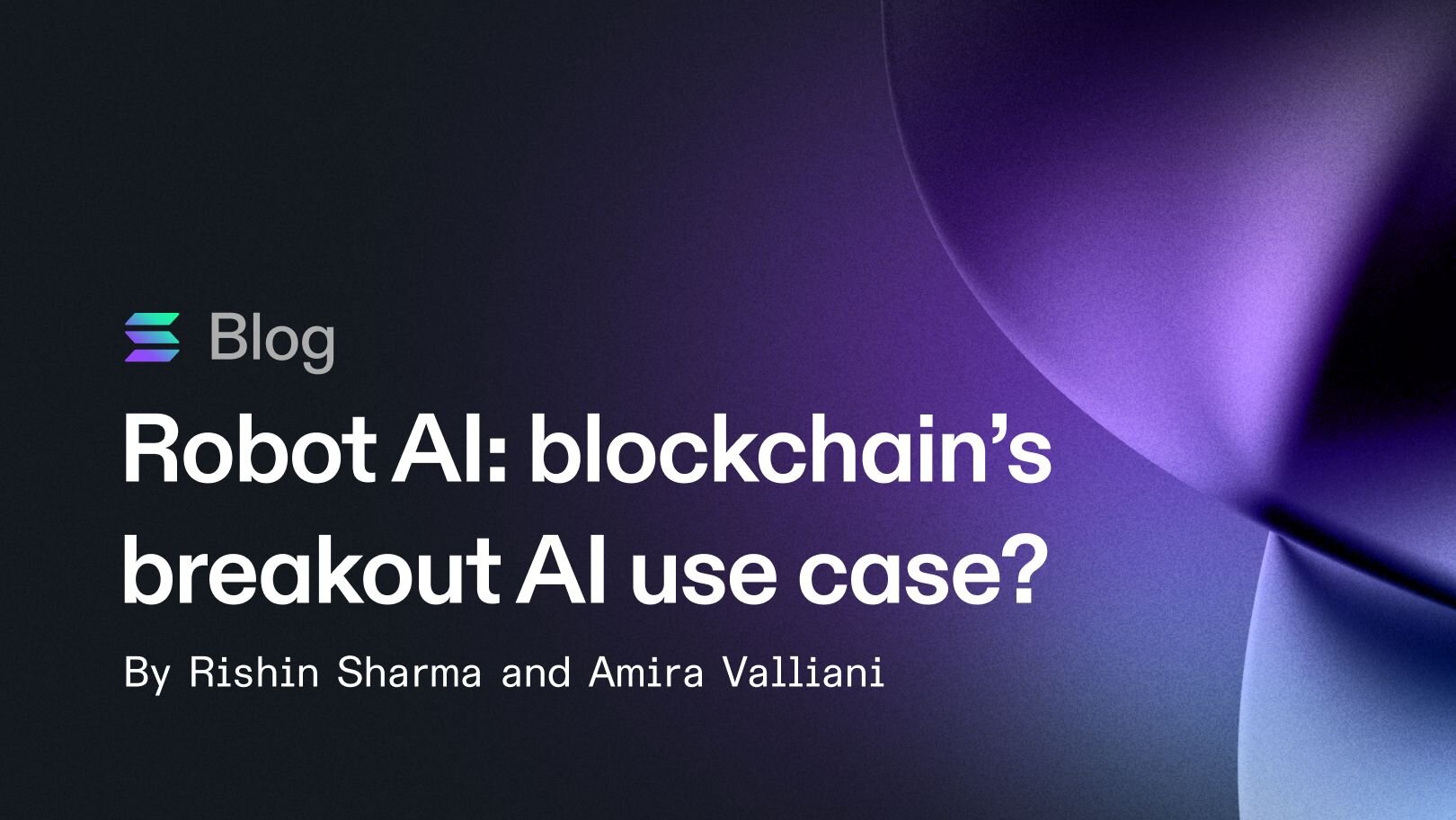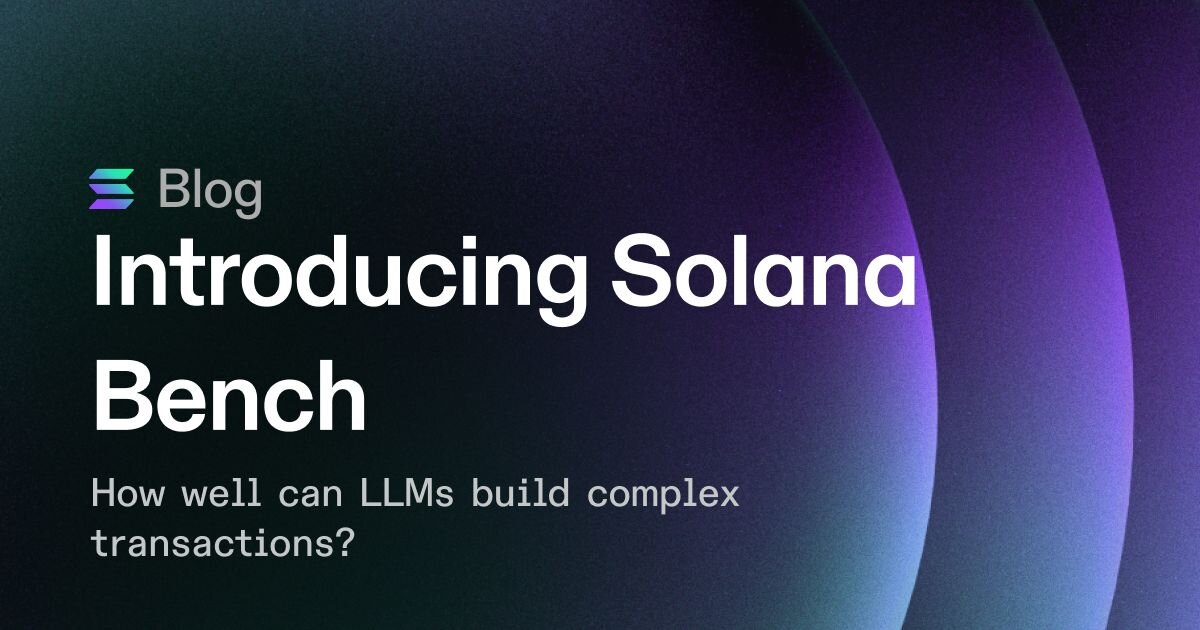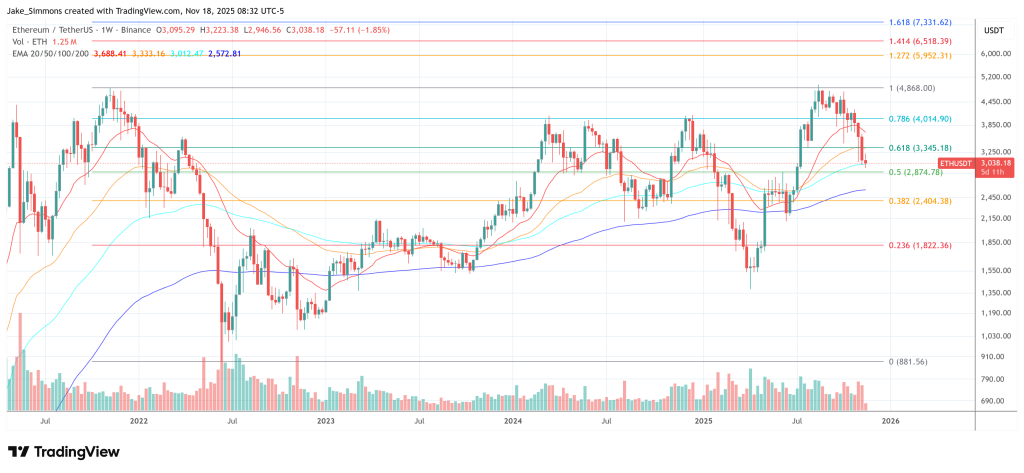Rewrite the
Autonomous Vehicles
By the end of 2025, a fleet of connected vehicles could generate 10 exabytes of data globally each month, with a single fully-autonomous car capable of producing as much as 19 terabytes an hour[1]. To safely deploy autonomous vehicles, models need to be trained and refreshed with data spanning different geographies, weather, and driving cultures—a scale that no single company can manage.
Projects like Hivemapper, ROVR, and NATIX address this gap by turning everyday drivers into decentralized mappers. NATIX’s partnership with Grab, Southeast Asia’s leading superapp, is a live demonstration: thousands of drivers contribute real-time road video to continually update mapping data, with over 250,000 drivers collectively mapping 170 million kilometers thus far. Grab is a paying customer, not just a research partner—a sign that DePIN can deliver both computing and commercial value.
These are often complementary, not competitive data sets. In this case:
- NATIX is focused on a device that pulls data out of existing Tesla cameras
- Hivemapper is installing net new dashcams on cars and trucks
- ROVR is collecting LIDAR data, not camera based collection
Drones and Precision Sensing
Drones are revolutionizing agriculture, logistics, and critical infrastructure monitoring. Their business case depends on accurate, hyperlocal, and constantly refreshed data. Distributed networks like GEODNET and Onocoy turn rural collectives, farmers, and entrepreneurs into contributors to globally accurate, decentralized sensor and location networks. Raad Labs takes a different approach, by enabling critical infrastructure providers to request regular, bespoke monitoring of systems like solar arrays and construction sites. This approach lowers agricultural monitoring costs by up to 73% while making the backbone network for delivery drones, ag-bots, and surveillance scalable even in remote areas[3].
Humanoid Robots and Industrial Automation
The humanoid robot market is exploding. Some predictions have the market scaling from 3,500 robots in 2024 to 1.4 million in 2035. Morgan Stanely projects that the humanoid robot market will reach $5 trillion by 2050[4]. Each robot deployed to a new task needs unique motion, environmental, and handling data.
Startups like Bitrobot, PrismaX, and Reborn are experimenting with decentralized networks, where robots or human operators “teach” others by uploading data to open platforms. Current revenue is modest—the total customer base for robotics data remains just a handful of buyers like Google DeepMind, Figure Robotics, and Tesla—and distribution models are becoming more generalizable. Some teams are considering capturing more value by training their own models.
An adjacent category is spatial perception, a subset of projects that are crowdsourcing 3d maps, mostly for robots. Auki Labs, OverTheReality, and MeshMap are building in this space. There’s also the possibility of a broader geospatial perception category (essentially, ChatGPT for earth) that’s less mature but has the potential to crack open markets worth $100B alone.
Game Engines Data
Game engine data is simulated, but we’re including it here because it demonstrates another approach to how DePIN can be used to train physical models–through video games.
There’s now decades of research on how to efficiently simulate real world activity, refined through millions of hours of game play. Today, World Models like Genie3 are being used to simulate a robot’s actions before they’re enacted in the real world, often training on millions of gameplay hours. (Or, check out this paper on using Grand Theft Auto to train self-driving cars).
DePIN incentives allow for many more possibilities and millions more hours of gameplay to be used to help train these models. Games have the advantage of simulating responses to events that we want to be prepared for, but hope we never have to face (terrorist attacks, fires, large earthquakes, etc). Shaga, for example, is an ultra-low-latency peer-to-peer gaming platform that also rewards users for their gameplay. Their output is an action-labeled data corpus, combining controls, frames, and engine events.
Market sizing
Projecting the size of the physical AI and DePIN market is part science, part informed optimism. Here’s where consensus is emerging:
in well organized HTML format with all tags properly closed. Create appropriate headings and subheadings to organize the content. Ensure the rewritten content is approximately 1500 words. Do not include the title and images. please do not add any introductory text in start and any Note in the end explaining about what you have done or how you done it .i am directly publishing the output as article so please only give me rewritten content. At the end of the content, include a “Conclusion” section and a well-formatted “FAQs” section.






